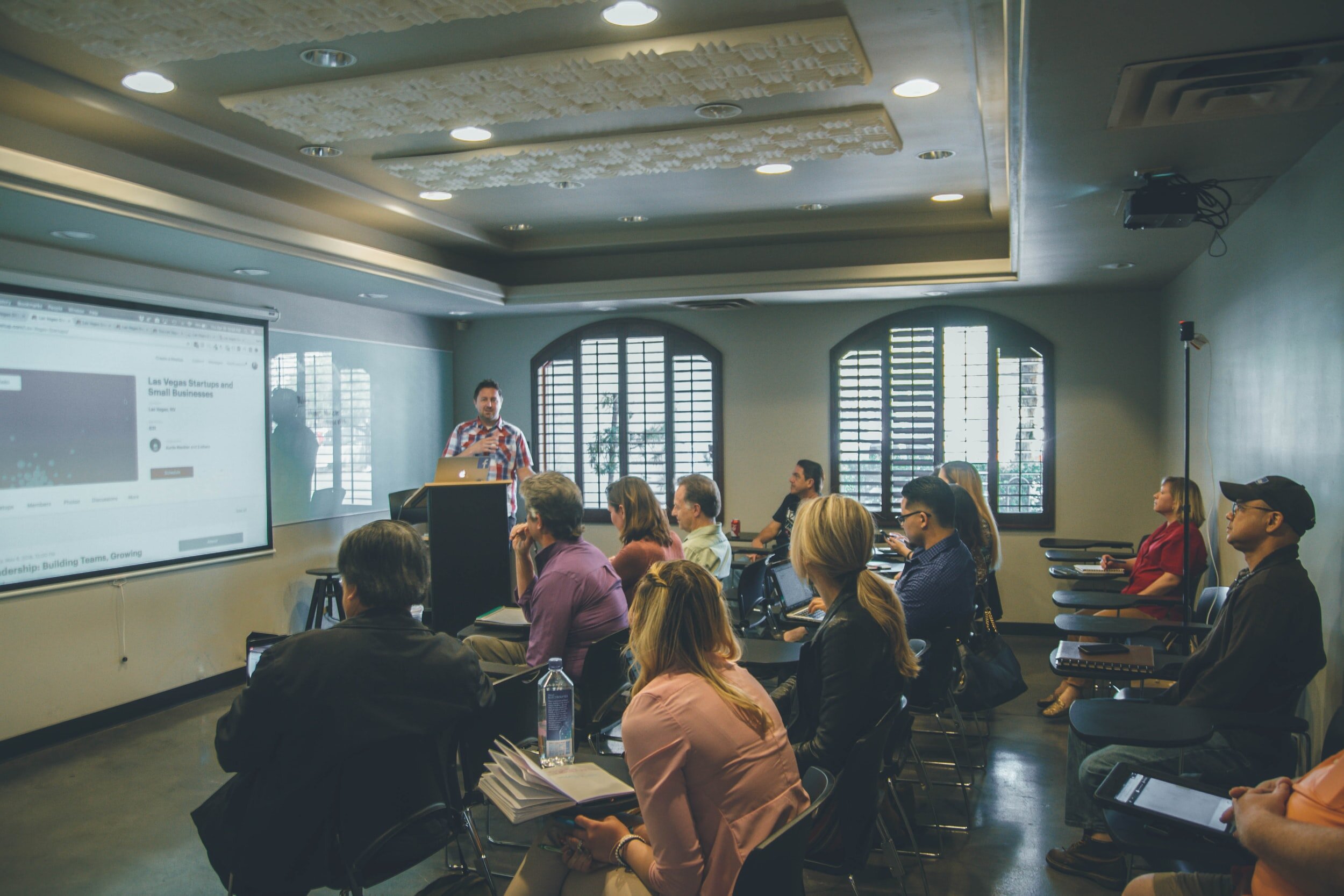Analysing complex qualitative data - a brief guide for undergraduate social science research
by Dr. Nadia von Benzon, Lecturer in Human Geography, Lancaster Environment Centre, Lancaster University. She is a co-editor of the book, Creative Methods for Human Geographers.
Complicated, messy data can be challenging for new researchers
In our Creative Methods for Human Geographers chapter ‘Analyzing messy data’, Kimberley O’Sullivan and I discuss the challenges of analyzing data that takes on a variety of forms, and therefore might not appear to fit easily into standard approaches for analysis. In this blog post I intend to draw out from that Chapter some practical tips on making sense of complex qualitative data sets.
There are lots of reasons why you might feel a bit overwhelmed by the complexity, or the apparent ‘messiness’ of your qualitative research data. If you are managing a medium or large qualitative research project – like your own PhD – you may have intentionally created a broad variety of different sorts of data. For many undergraduates though, mixed or fractured qualitative data sets might arise out of contingency plans or serendipity rather than concerted organisation. For example, you didn’t manage to get as many participants as you’d hoped, so you’ve also collected some secondary data, or perhaps some of your participants decided they didn’t want to write the poem you’d requested, and wrote you a letter instead. The fact that you might feel rather frustrated or worried about the data set in front of you – and specifically that it doesn’t match up to the neat set of data you’d envisaged – can compound confusion and concern over how to effectively analyse the materials.
Keeping your data in order
It’s really important to remember that just because your data appears to be rather messy, it doesn’t mean that your data filing system can’t be carefully ordered. Before you can ‘file’ your data, you might find yourself needing to ‘convert’ it into a form that is easy for you to access, and particularly, a form that is easy to consult quickly and repeatedly. This may mean transcribing interviews or recording audio-visual as text, however, you’ll need to think carefully about approaches to doing this that don’t compromise the richness of the original data. There is clearly a balance here to be struck between ‘simplifying’ your data so that it is manageable to handle, and retaining the complexity wherein lies the value of your work. Moreover, ‘simplifying’ your data, where this involves transcribing audio or audiovisual material, can be very time consuming. Whether you prioritise maintaining the original complexity, or simplifying for ease of handling, will depend on the size of your data set, the time you have available for analysis, and the approach to data coding that you choose (see section below).
Your data filing system itself might be a material store like a box file (or a box!) but it could also be an electronic file or specialist software (see CAQDA below). You might find that you have a mix of electronic and material data, in which case you may need multiple filing systems. However, I’d recommend keeping them close to each other so that it’s easier to take a holistic view of all your data, and move between the sets freely. Keeping your data stored in a neat and ordered fashion is fundamental to ensuring that you don’t lose vital pieces of data, and that you’re able to include all of it, or as much of it as you want, in your data analysis. It also makes it much easier to access the data you need at any given moment; being able to quote directly, or include photographs of a particular piece of data, is very important for providing the ‘evidence’ to support the arguments that you will make in your dissertation. In addition, losing data is potentially an offence – in the UK this could put you in breach of General Data Protection Regulations.
You might also usefully add to your data management and data richness by keeping a reflexive journal. This can provide additional contextual information that supports your other data, as well as providing a space for beginning to analyse your data on the go.
Coding data
Starting to analyse your data whilst you’re still in the ‘fieldwork’ or ‘data generation/collection’ phase of your project can be really helpful. It might help you to develop your method in a reflexive manner, or inform your research end point by signalling data saturation. Qualitative researchers use the word ‘coding’ to denote a systematic approach to analysing your data. Coding involves leaving the original data ‘in tact’ and attaching words that signify descriptive or related ideas or categories. The purpose of coding is to help with the identification of similar themes across different data. The logic is, that if different words are used to describe the same idea, the similarity may go unnoticed, but if we can apply the same signifier to these different words, then the similarity – or the difference – in the underlying ideas, becomes evident. For example, in a study concerning children’s snacking preferences, one child might discuss satsumas, another oranges and a third bananas. Considered ‘verbatim’ (in the language of the participants) they have different snacking preferences. If on the other hand we apply the code ‘peelable fruit’ then we might start to determine a clear snack bowl policy for the local primary school. So whilst the term ‘coding’ sounds like something positivist or quantitative, that can be right or wrong, coding is simply a way of applying our own subjective interpretations of data in a systematic way.
Learn more! Chapter 27 Analysing ‘messy’ data in Creative Methods for Human Geographers contains brief descriptions of a variety of different approaches to qualitative data analysis and coding, as well as signposting to relevant further reading.
Computer Assisted Qualitative Data Analysis (CAQDA)
Students often approach me to ask about CAQDA with the hope that this is a computer programme that will analyse their data for them – no such luck! CAQDA refers to types of software that facilitate your data management, including the coding of your data. The advantages of using CAQDA include the fact that you can store different sorts of data (text, audio, video) within the same programme, which makes moving between them easy; you can code straight to audio or video files without needing to transcribe them; and that you can apply different codes to the same text, and use the codes as search tools. This final characteristic makes it very easy to navigate by using your applied codes as search terms. This is very helpful when it comes to writing up, as it’s simple to find the relevant quotes that support the argument your making. CAQDA is also great for content analysis as it can calculate the number of times particular codes are used. The most common CAQDA programmes are AtlasTi and NVivo. It is likely that your university will offer free access to students to at least one of these programmes.
Due to limitations of space and expertise, I’ve focused this blog on the analysis of text and word data. However, there is plenty of support available for undergraduate social scientists working with visual (or sound) data. Creative Methods in Human Geography includes chapters covering working with drawing, mapping, lego, craft, dance, music, poetry… More advanced-level discussion of approaches to analysis of non-text-based data can also be found in Helen Kara’s Creative Research Methods in the Social Sciences: A Practical Guide (2015, Policy Press: Bristol); and Dawn Mannay’s Visual, Narrative and Creative Research Methods: Application, reflection and ethics (2016, Routledge: Abingdon). Gillian Rose’s Visual Methodology: An Introduction to Researching with Visual Materials, now in its fourth edition (2016, SAGE: London), continues to be a fundamental guide for students and researchers.

























